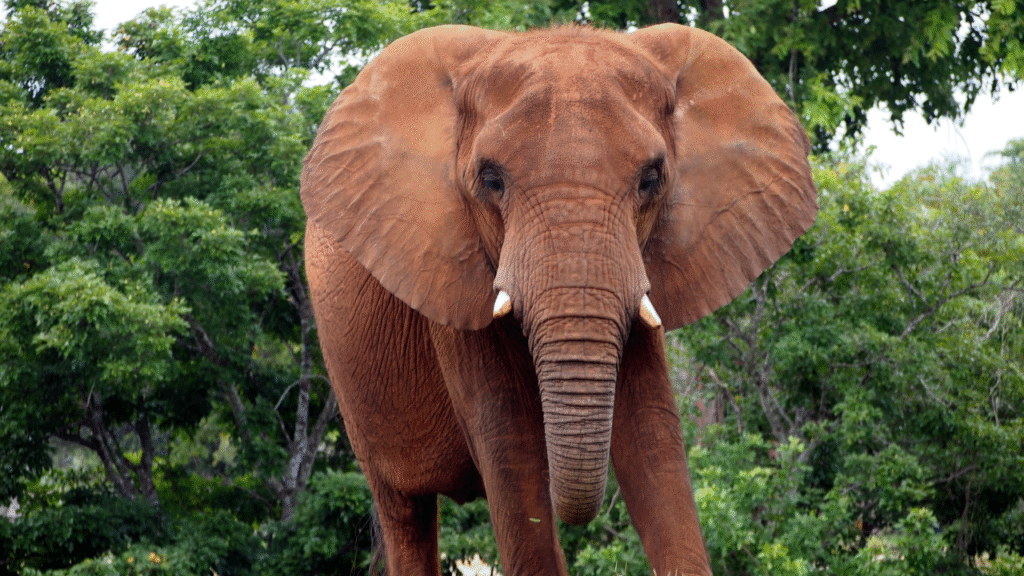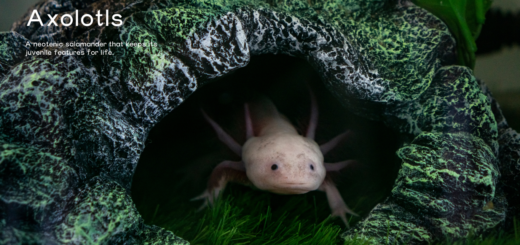The Evolution of Elephants: From Mammoths to Modern Giants
Elephants are among the most iconic and intelligent creatures on Earth. But long before they roamed African savannahs or Asian jungles, their ancestors walked through icy tundras and dense prehistoric forests. In this article, we’ll explore the fascinating evolution of elephants, from the ancient mammoths to the modern giants we know today.

1. The Origins of Elephant Ancestors
The evolutionary story of elephants begins around 60 million years ago, shortly after the extinction of dinosaurs. The earliest known ancestor of elephants is Moeritherium, a pig-sized, semi-aquatic mammal that lived in what is now North Africa. It didn’t have a trunk, but it had certain skull and tooth features that hint at its elephant lineage.
Key Facts:
- Lived around 37–56 million years ago
- Likely lived in swampy areas
- Showed early signs of tusk development
2. Rise of the Proboscideans
From Moeritherium, a group called Proboscideans emerged. These were the first real relatives of elephants that began developing longer trunks and larger bodies. Over time, they diversified into several species, including:
- Deinotherium – had downward-curving tusks
- Gomphotherium – had four tusks and lived on multiple continents
- Platybelodon – with shovel-shaped tusks for scooping plants
These ancient elephants adapted to various climates and diets, spreading across Africa, Europe, Asia, and North America.
3. The Mammoths: Ice Age Icons
The most famous ancient elephants are undoubtedly the mammoths, especially the Woolly Mammoth (Mammuthus primigenius), which lived during the Ice Age.
Mammoth Highlights:
- Covered in thick fur for cold climates
- Roamed Eurasia and North America
- Lived alongside early humans
- Went extinct around 4,000 years ago (some isolated populations survived on islands)
Mammoths were similar in size to today’s elephants but adapted to colder environments, with smaller ears, a fat layer for insulation, and long, curved tusks.
4. Elephants of Today: African and Asian Giants
The modern elephants we see today—African elephants (Loxodonta africana) and Asian elephants (Elephas maximus)—are the last surviving members of the Proboscidean family.
African Elephants:
- Largest land animals on Earth
- Larger ears, more wrinkled skin
- Two “fingers” on the end of their trunk
Asian Elephants:
- Slightly smaller than their African cousins
- Smaller ears and one “finger” on their trunk
- More commonly found in zoos and sanctuaries
Despite surviving for millions of years, modern elephants face threats from habitat loss, poaching, and climate change.
5. Genetic Connections and Discoveries
Recent DNA studies have revealed astonishing facts:
- Asian elephants are more closely related to mammoths than to African elephants
- Scientists are exploring the idea of de-extincting mammoths using CRISPR gene editing, by combining mammoth DNA with Asian elephant genomes
While this raises ethical and ecological questions, it also highlights how much science still has to learn from elephant evolution.
6. What Makes Elephant Evolution Unique?
Unlike many mammals, elephants have:
- An unusually long gestation period (up to 22 months)
- A highly developed memory and social structure
- A unique, versatile trunk, which evolved from their upper lip and nose
These features didn’t just appear overnight—they are the result of millions of years of adaptation and survival.
Conclusion: From Ice Age Beasts to Gentle Giants
The journey from ancient swamp-dwelling mammals to the powerful, majestic elephants we admire today is a tale of resilience, adaptation, and wonder. As we uncover more fossils and study living elephants, we’re reminded of how nature shapes life over millennia—and why it’s so important to protect modern elephants from extinction.








